
The stone fish is known as one of the most poisonous fish of all oceans. They are considered very dangerous not only because of their powerful poison, but also because of their high camouflage capacity. It is so called because it is able to hide itself simulating the appearance of a stone. It usually lives on the ocean floor and attacks its prey, catching it completely off guard.
If you want to know everything about this strange and curious fish, keep reading.
Generalities
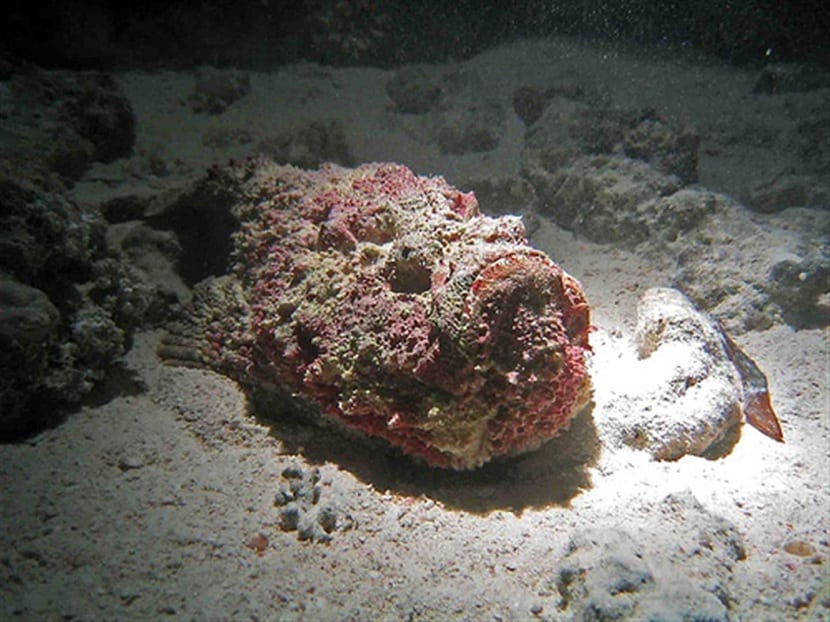
The stone fish belongs to the order Tetraodontiformes and the Sinancéido family. By nature it is a very poisonous fish that stalks its prey in silence and hiding in the form of a rock. Even for humans, the bite of this fish is deadly. So be careful to recognize this fish and not get bitten.
Since humans became hunter-gatherers in prehistoric times, they have faced all types of species. de peces of various kinds. Both species with incalculable beauty, to others that attack without even being disturbed or attacked. This is the case of the stone fish.
As mentioned before, stonefish are often found in the depths of the oceans and are placed where there are rocks where they can go unnoticed. It is considered a species of exotic fish given its rarity and its difficult appearance.
Normally, bites with this type of fish arise from accidental contact. Namely, the human being accidentally steps on it, mistaking it for a rock, and the fish bites.
Although the stonefish is able to camouflage itself as if it were a rock, it is easily hunted by species such as stingrays, whales and white sharks. Even killer whales are capable of eating more than 50 of these fish in one go.
There are more than twelve hundred species de peces poisonous, whose venom exceeds that of snakes, and the stonefish is in the group that has the greatest venom.
Stonefish characteristics
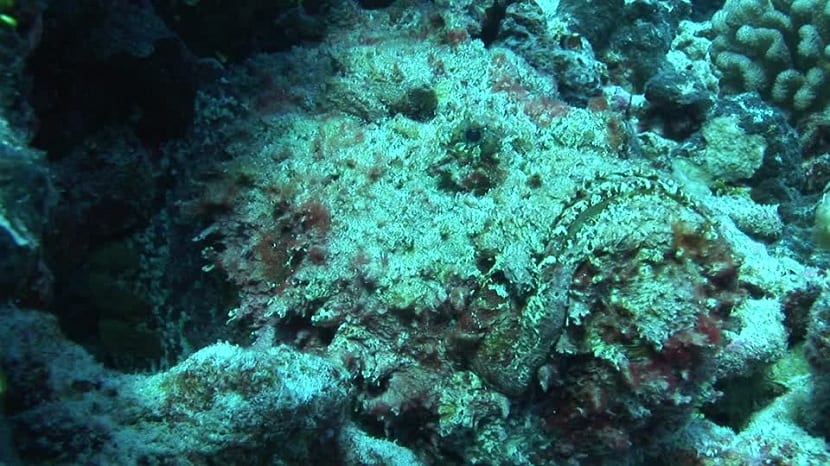
One of the most dangerous parts of the stonefish body is the dorsal fin. It is formed by about 13 thorns where it keeps the powerful poison. This fin is considered your defense weapon in adverse situations. To poison its prey, it pricks with the dorsal fin and introduces the poison through the tissues in a rapid and proportional way.
The venom is composed of various cytotoxins and neurotoxins that make it a more potent venom than that of a cobra. Its effects are immediate. First, it causes inflammation of great magnitude, as the venom spreads throughout the body and tissues. It affects the muscles more seriously, paralyzing them quickly and causing a strong collapse that, if a preventive method or first aid technique is not taken, can lead to death in two hours.
One of the characteristics that make this fish so special is compare its size with the powerful venom it possesses. Typically, poisonous fish are smaller and need this poison to deal with large threats and sneak out of danger. However, although the stonefish is quite large in size, it possesses this dangerous poison.
In terms of size, there are fish with about 35 centimeters long, although some have been found with up to 60 centimeters. If they are in their habitat, they tend to develop more and reach greater lengths. These fish can also be kept in aquariums, but they only reach sizes of 25 cm.
Its main distribution area covers the areas of the Northern Australia and the Indo-Pacific region. Despite the powerful poison, it is not considered a threat since it does not attack unless it is disturbed or attacked.
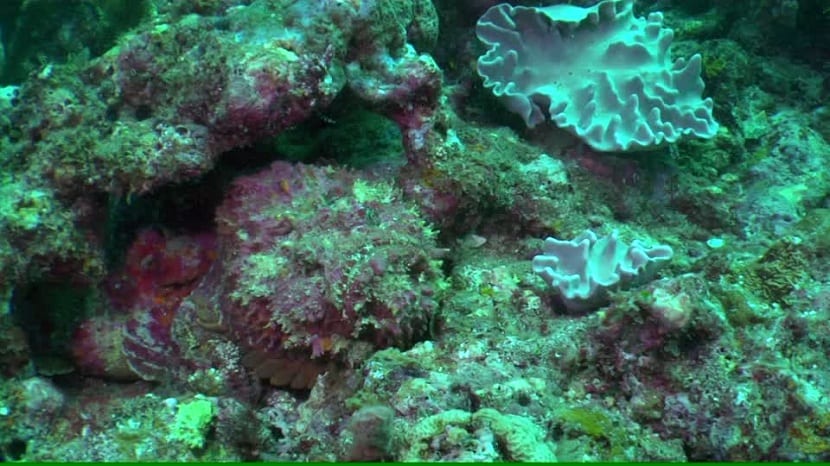
We find stone fish with a diversity of colors ranging from red to gray, through yellow, green, white and brown. Throughout its entire body, it makes a contrast of these colors and a mixture is made that differentiates each one in a different and special tonality.
To look more like a rock, it has bumps that simulate the roughness of the same and thanks to this they can be easily confused. It has a fairly flattened head and ends with an upright mouth. Their eyes are smaller and extend over the top of the head. Thanks to this, they are able to be attentive to any danger.
Throughout its body it has different sediments and minerals from a large number of plants and algae. In addition, it carries on its body a sticky liquid that is assimilated to a mucus. This mucus is used by plants, corals, algae and sediments to adhere to it and to adopt an even better stone shape.
They generally live between 10 and 12 years.
Behavior
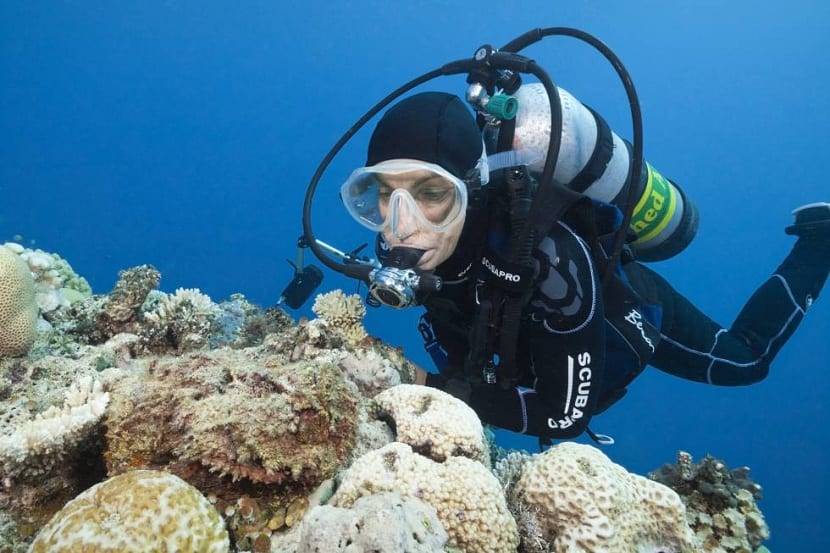
It is a very calm and passive fish. They usually spend almost the entire day hidden behind the rocks and even manage to bury themselves under them. When looking for food they are even more static to simulate the appearance of a rock.
However, when he has his prey in range, they can attack quickly.
certain bumps. It is established in coastal areas of the Indian and Pacific Oceans, in the same way they are found in the Falklands, Indonesia, the Red Sea and Australia.
Food
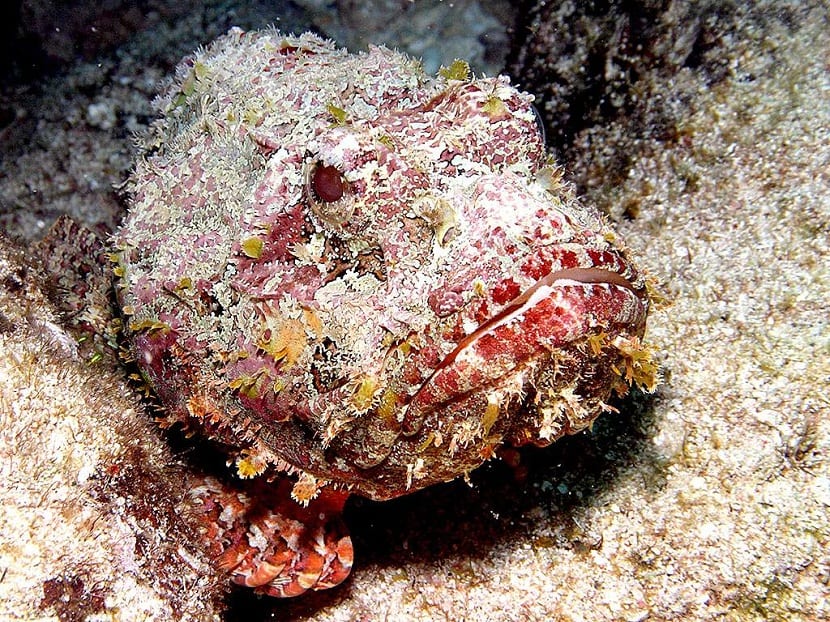
Their diet is basically made up of other fish, mollusks, crustaceans and shrimp, making it a carnivorous animal. It usually hunts its prey at night. The fish only leaves its safe zone when hunting for prey. Then immediately return to her.
In China, the stonefish is considered a delicacy just like the Blowfish. They are presented in different dishes, despite the danger of the poison.
Reproduction
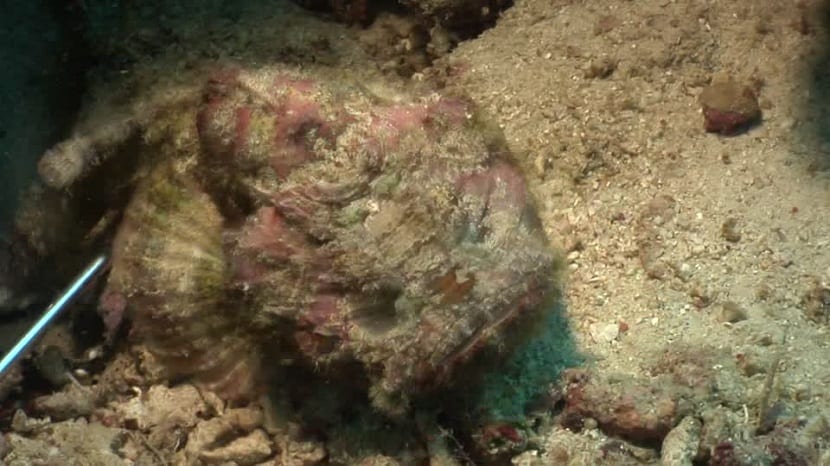
Although there is not much information about reproduction, it is known that their reproductive months are between February and March. To do this, they place the eggs on top of the holes in the rocks. It is the female that places the eggs on top of the rock and the male fertilizes them.
When this happens, they both stay behind to protect the eggs until they hatch. Once the fry are born, they are cared for for four months, until they are able to defend themselves.
Males generally they are stronger and larger than females. They usually produce a sound that only occurs at the time of mating.
As you can see, this exotic animal has a very quiet life, posing as a rock. So if you are ever in the areas where this fish is found, be careful where you step.